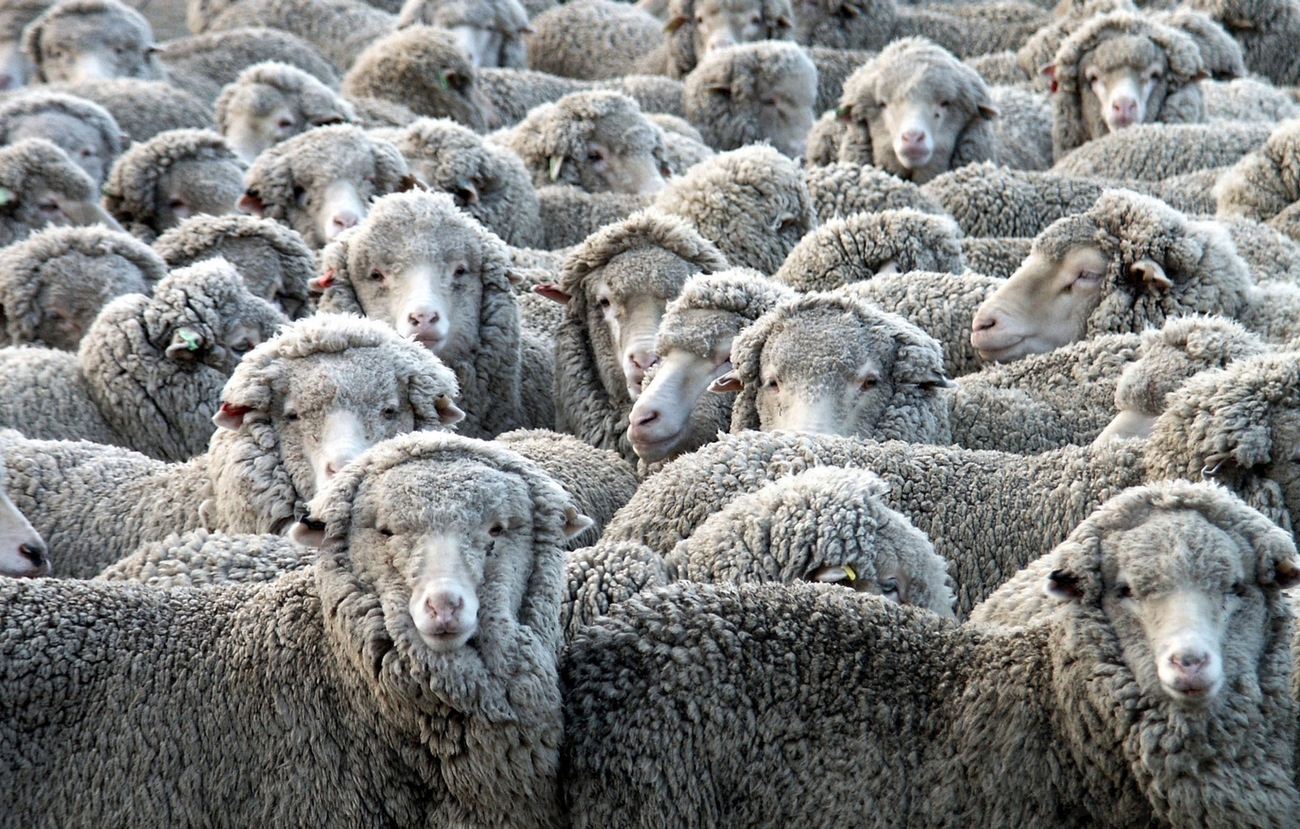Are you thinking about buying livestock in Zambia? Whether you’re a seasoned farmer or just starting out, understanding the current market prices for livestock is crucial. In this comprehensive guide, we’ll walk you through the best price estimates for various types of livestock in Zambia, making it simple and engaging for you to make informed decisions.
Cattle: The Backbone of Zambian Agriculture
Cattle are the cornerstone of Zambia’s agricultural sector, serving as a source of income, food, and even a form of savings for many households. When it comes to buying cattle, prices can vary depending on factors like breed, age, and market demand.
- Local Breeds (Mashona, Sanga): These hardy indigenous breeds are well-suited to Zambia’s climate and terrain. Prices for local breeds typically range from ZMW 1,500 to ZMW 3,000 per head, with variations based on age and size.
- Exotic Breeds (Hereford, Simmental): Exotic cattle breeds are often pricier due to their higher meat yield and growth rate. Prices for exotic breeds can start at ZMW 4,000 and go up to ZMW 8,000 or more for a young, well-bred calf.
- Heifers and Bulls: Heifers, or young female cattle, are usually more expensive than bulls of the same age because they can be used for breeding. Prices for heifers range from ZMW 2,500 to ZMW 6,000, while bulls may cost anywhere from ZMW 2,000 to ZMW 4,500.
Goats: A Versatile Livestock Option
Goats are another popular choice among Zambian farmers, thanks to their adaptability and ability to thrive in different environments.
- Local Goat Breeds: Indigenous goat breeds like the Small East African Goat are common in Zambia and can be quite affordable, ranging from ZMW 250 to ZMW 800 per head.
- Boer and Kalahari Red Goats: These exotic breeds are known for their meat quality and can command higher prices, usually starting at ZMW 1,000 and going up to ZMW 2,500 or more for a well-bred goat.
- Kids (Young Goats): If you’re interested in breeding or raising goats for meat production, consider buying kids. Prices for young goats vary based on age, but you can find them for as low as ZMW 150 for a few months old kid.
Poultry: An Entry Point for Many
Poultry farming is a popular entry point for many Zambian farmers due to its relatively low startup costs and rapid returns on investment.
- Layers (Egg-Laying Hens): Prices for layers can range from ZMW 25 to ZMW 45 per bird, depending on age and breed. Well-maintained layers can provide a steady income stream through egg production.
- Broilers (Meat Chickens): Broiler prices are typically lower, with day-old chicks available for as little as ZMW 5 to ZMW 10 each. However, keep in mind that broilers require more intensive care and feeding to reach market weight quickly.
- Indigenous Chicken: Indigenous chicken breeds are hardy and well-suited for traditional free-range systems. Prices can range from ZMW 10 to ZMW 30 per bird.
Pigs: Profitable Pork Production
Pig farming can be a profitable venture, and the price of pigs in Zambia varies based on breed, age, and weight.
- Local Pig Breeds: Indigenous pig breeds are more affordable, with piglets starting at ZMW 150 to ZMW 300 each. Grown pigs can range from ZMW 800 to ZMW 2,500, depending on size and age.
- Exotic Pig Breeds (Large White, Landrace): Exotic pig breeds are pricier, with piglets costing between ZMW 500 and ZMW 1,000 each. Mature pigs can fetch prices of ZMW 2,000 to ZMW 4,000 or more.
Sheep: A Valuable Livestock Option
Sheep farming is gaining popularity in Zambia, and prices can vary depending on the breed and age.
- Local Sheep Breeds: Indigenous sheep breeds like the Zambian Blackhead are economical, with prices ranging from ZMW 300 to ZMW 800 per head.
- Dorper and Merino Sheep: Exotic sheep breeds, such as Dorper and Merino, are prized for their meat and wool quality. Prices for these breeds typically start at ZMW 800 and can go up to ZMW 2,000 or more.

Tips for Smart Livestock Buying in Zambia
- Check the Health of the Animal: Always inspect the health of the animal you intend to buy. Look for signs of disease, and if possible, request a veterinary certificate.
- Ask About Feeding: Inquire about the animal’s diet and feeding regimen. Well-nourished livestock are healthier and more valuable.
- Consider the Purpose: Determine the purpose of your livestock purchase. Are you buying for breeding, meat production, or both? This will influence your choice and budget.
- Negotiate Prices: Don’t be afraid to negotiate with sellers, especially when buying in bulk. Negotiating can help you get a better deal.
- Source from Reliable Sellers: Buy livestock from reputable sellers or farms with a track record of good animal husbandry practices.
- Transportation: Factor in the cost of transportation when buying livestock. Ensure that you have a suitable means of transport to get your animals home safely.
In conclusion, buying livestock in Zambia can be a rewarding venture with the potential for significant returns. Remember that prices can fluctuate based on market conditions, location, and other factors. It’s essential to do your research, plan your budget, and make informed decisions when purchasing livestock. By following this guide and considering the specific price estimates provided, you can embark on your livestock journey with confidence and success. Happy farming!
